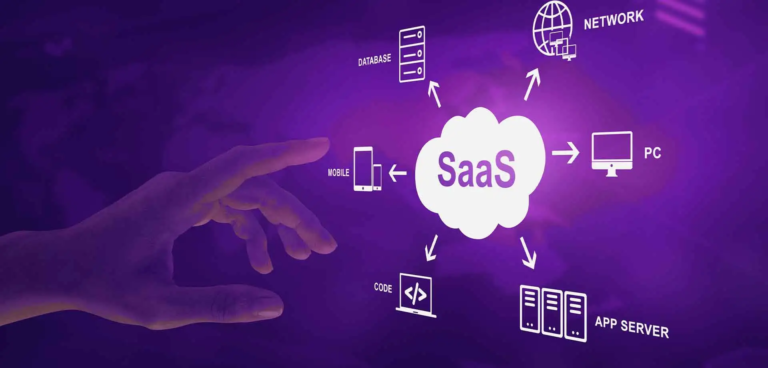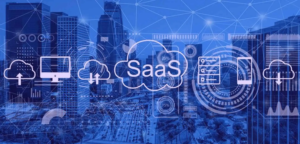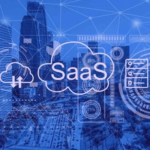Software as a Service (SaaS) is a cloud-based software delivery model where applications are hosted by a service provider and made available to customers over the Internet.
Unlike traditional software, which requires installation on local hardware, SaaS applications are accessed via a web browser. This means that users can access the software from anywhere with an internet connection.
How SaaS Works
SaaS providers manage software hosting, maintenance, security, and updates, with users subscribing monthly or yearly. Operating on a multi-tenancy architecture, a single instance serves multiple customers, ensuring secure and isolated data.
Software as a Service (SaaS) is a way of delivering software over the Internet. Instead of buying and installing software on your computer, you access it online.
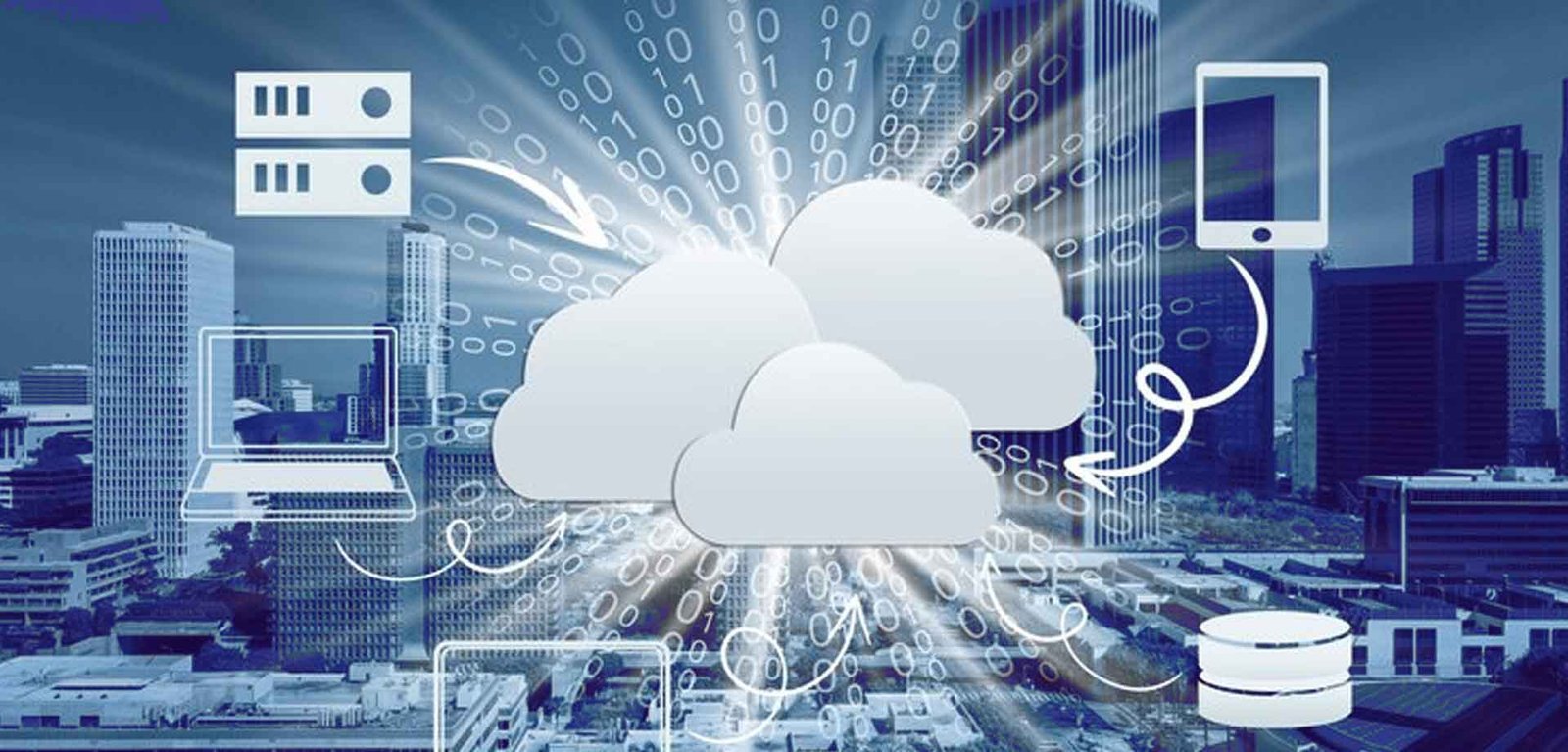
What’s Included in SAAS Working?
With SaaS, the provider takes care of everything:
- Hosting: They store the software on their servers.
- Maintenance: They handle updates and fixes.
- Security: They ensure your data is safe and secure.
- Support: They offer help if you have any issues.
How Do You Access It?
You subscribe to the service, usually on a monthly or yearly basis. This gives you access to the software anytime, anywhere, as long as you have an internet connection.
Multi-Tenancy Architecture
SaaS uses a multi-tenancy setup. This means that one instance of the software serves many users. Even though the software is shared, each person’s data is kept separate and secure.
Why SaaS is Important
SaaS has revolutionized how businesses operate by making advanced software accessible to organizations of all sizes.
It eliminates the need for hefty upfront investments in software and hardware, reduces the complexity of managing IT infrastructure, and offers greater flexibility.
With SaaS, businesses can quickly adopt new tools and scale their operations to meet changing demands, making it a crucial component of the modern business landscape.
Advantages of SaaS
SaaS offers several key benefits that make it an attractive option for businesses:
Cost-Effectiveness
One of the most significant advantages of SaaS is its cost-effectiveness. Unlike traditional software, which often requires a large upfront payment, SaaS operates on a subscription basis.
This allows businesses to spread out their expenses over time, making it easier to budget and manage cash flow.
Additionally, because the software is hosted by the provider, businesses save on the costs associated with purchasing and maintaining hardware.
Scalability
SaaS solutions are inherently scalable. As your business grows, you can easily upgrade your subscription to access more features, add more users, or increase storage capacity.
This scalability is particularly beneficial for growing businesses that need to adapt quickly to changing demands without investing in new infrastructure.
Ease of Updates and Maintenance
With SaaS, the responsibility for updates and maintenance lies with the service provider.
This means that users always have access to the latest features and security patches without having to worry about manual installations or downtime.
Regular updates ensure that the software remains secure, efficient, and aligned with industry standards.
Accessibility
Since SaaS applications are accessible through a web browser, users can access them from anywhere in the world, provided they have an internet connection.
This flexibility supports remote work and collaboration, enabling teams to work together seamlessly regardless of their physical location.
Reduced IT Burden
By outsourcing software management to the SaaS provider, businesses can reduce their IT burden.
There’s no need to worry about servers, backups, or disaster recovery—these are all handled by the provider. This allows in-house IT teams to focus on more strategic initiatives that can drive business growth.
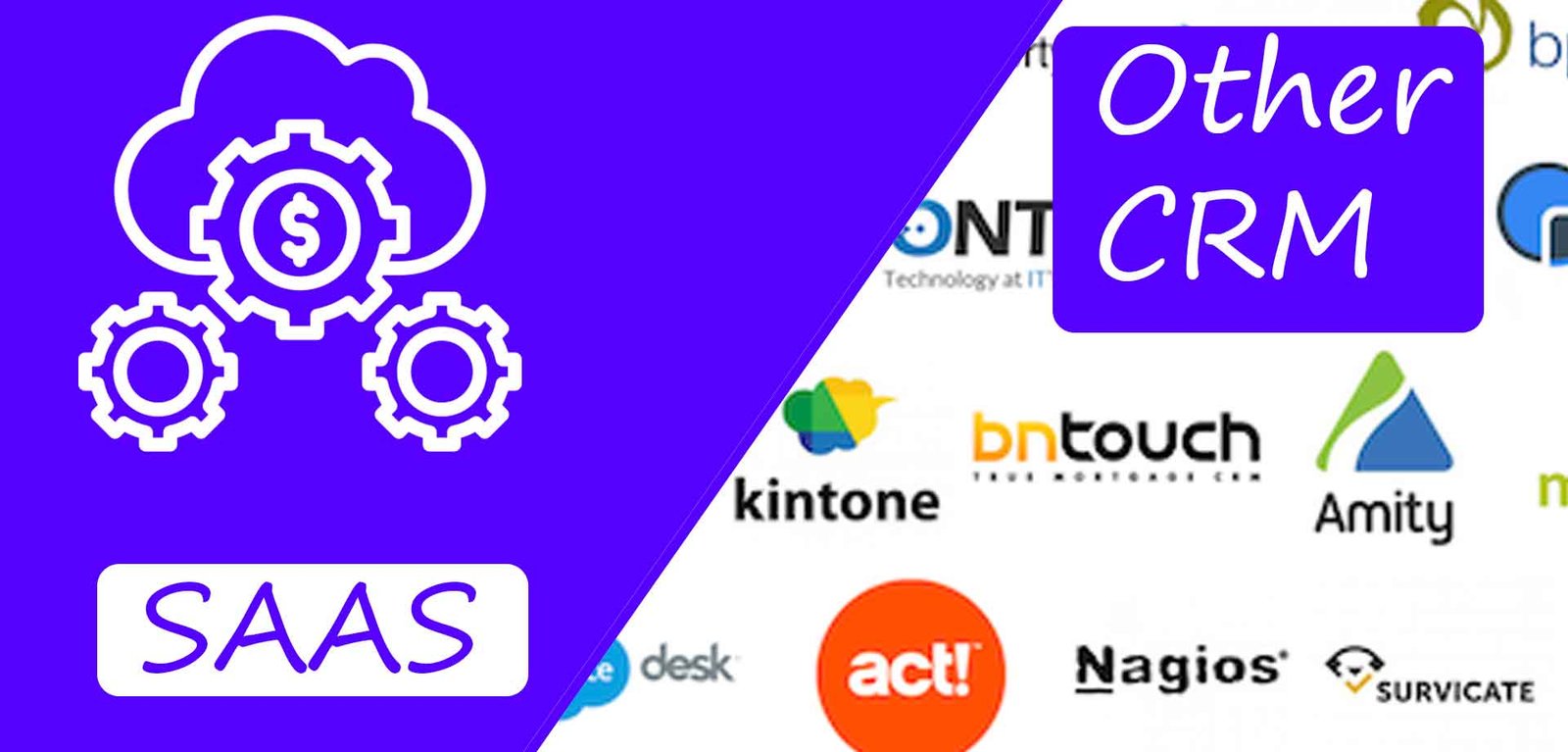
SaaS vs. On-Premise Solutions
When considering SaaS, it’s essential to understand how it compares to traditional on-premise solutions. Here’s a breakdown of the key differences:
Cost Efficiency of Saas vs. On-Premise
| SaaS: | Other CRM & Solutions: |
| Typically, it involves a subscription fee, which includes hosting, maintenance, and updates. Lower upfront costs make it accessible to smaller businesses. | Requires a significant upfront investment in software licenses and hardware. There are also ongoing costs for maintenance, support, and upgrades. |
Implementation ease for Saas vs. On-Premise
| SaaS: | Other CRM & Solutions: |
| Quick and easy to implement. Users can often start using the software immediately after subscribing, with minimal setup required. | It is quick and easy to implement. Users can often start using the software immediately after subscribing, with minimal setup required. |
Maintenance of Saas vs. On-Premise
| SaaS: | Other CRM & Solutions: |
| Maintenance and updates are handled by the provider, reducing the need for in-house IT resources. | The business is responsible for maintaining the software and hardware, including applying updates, managing security, and troubleshooting issues. |
Flexibility Saas vs. On-Premise
| SaaS: | Other CRM & Solutions: |
| Highly flexible, allowing businesses to scale up or down as needed. Users can access the software from any location with an internet connection. | Less flexible, as it’s tied to the company’s physical infrastructure. Scaling up usually requires additional hardware and software purchases. |
Security Precautions Saas vs. On-Premise
| SaaS: | Other CRM & Solutions: |
| Security is managed by the provider, who typically invests in robust security measures. However, businesses must trust the provider to protect their data. | The business has full control over security but is also fully responsible for safeguarding data, which can require significant resources and expertise. |
Common SaaS Applications
SaaS is used across various industries, with applications ranging from customer relationship management (CRM) to project management and collaboration tools.
Here are some of the most popular SaaS applications:
Customer Relationship Management (CRM)
- Example: Salesforce
- Description: CRM SaaS applications help businesses manage customer interactions, sales processes, and customer data. They offer tools for tracking leads, managing contacts, and automating sales and marketing tasks.
Project Management
- Example: Asana, Trello
- Description: Project management SaaS tools enable teams to plan, track, and collaborate on projects. They offer features like task assignments, timelines, and progress tracking, helping teams stay organized and meet deadlines.
Collaboration Tools
- Example: Slack, Microsoft Teams
- Description: Collaboration SaaS platforms facilitate communication and teamwork within organizations. They provide chat, video conferencing, and file-sharing capabilities, making it easier for teams to work together remotely.
Accounting and Finance
- Example: QuickBooks Online, Xero
- Description: These SaaS applications help businesses manage their finances, including invoicing, expense tracking, and payroll. They offer integrations with banks and other financial services for seamless financial management.
Human Resources (HR) Management
- Example: Workday, BambooHR
- Description: HR SaaS applications streamline employee management, from recruitment and onboarding to performance reviews and benefits administration. They offer tools for tracking employee data, managing payroll, and ensuring compliance with labor laws.
SaaS Terminology
Understanding common SaaS terminology is crucial for navigating this space. Here are some key terms you should know:
Multi-Tenancy
- A single instance of the software serves multiple customers or tenants. Each tenant’s data is isolated, ensuring privacy and security while sharing the same infrastructure and codebase.
Subscription Model
- SaaS operates on a subscription basis, where customers pay a recurring fee (monthly or yearly) to access the software. This model contrasts with the one-time purchase model of traditional software.
Uptime
- Uptime refers to the amount of time that a SaaS application is available and operational. High uptime is critical for ensuring that users have consistent access to the software. Most providers guarantee a certain level of uptime in their Service Level Agreement (SLA).
API Integration
- Application Programming Interface (API) integration allows different software applications to communicate and work together. In SaaS, APIs enable seamless integration between the SaaS application and other tools or systems the business uses, such as CRM or ERP systems.
Conclusion
Software as a Service (SaaS) has become a cornerstone of modern business operations, offering flexibility, cost savings, and ease of use that traditional on-premise solutions often cannot match.
By understanding the benefits of SaaS, the differences between SaaS and on-premise solutions, and common SaaS applications, businesses can make informed decisions about the tools they need to succeed.
As SaaS continues to evolve, its role in driving business innovation and efficiency is only set to grow.

